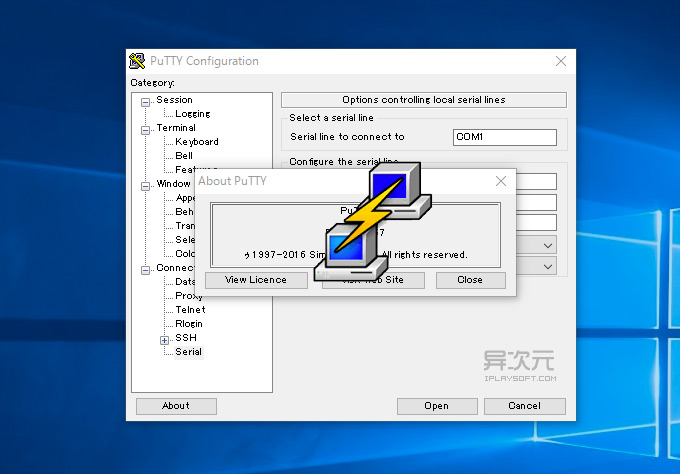


6.2.9 The get command: fetch a file from the server.6.2.8 The lcd and lpwd commands: changing the local working directory.6.2.7 The cd and pwd commands: changing the remote working directory.6.2.6 The help command: get quick online help.6.2.5 The close command: close your connection.6.2.4 The quit command: end your session.6.2.3 The open command: start a session.6.2.1 General quoting rules for PSFTP commands.6.1.4 -batch: avoid interactive prompts.6.1.3 -be: continue batch processing on errors.6.1.2 -bc: display batch commands as they are run.6.1.1 -b: specify a file containing batch commands.Chapter 6: Using PSFTP to transfer files securely.If you entered a pass phrase when creating the key-pair files with the ssh-keygen command, enter the same pass phrase here.Ī sample SFTP connection object is shown below. The private key has to be located on the host where the RA FTP agent is running. The absolute path where the private key file is located. On the RA tab for the SFTP connection object respond to the following fields:.The private key is used to authenticate the connection with the public key contained in the authorized_keys file on the server. Now on the host where the RA FTP agent is running, you need the private key.To do this you may execute the following command: If this file already exists on the server then append your public key file to the existing one. Take the public key file and place it on the server (where the FTP server is running) in the $home/.ssh directory, then rename it to authorized_keys.The id_dsa.pub file is the public key, the id_dsa file is the private key. When this command finishes two files will be created, they are: id_dsa and id_dsa.pub.Respond to all the questions the above command prompts you to.This also means that the agent must connect to host with the username qa4 and must have the private key file. This means that the ssh-keygen command was executed on and under username qa4. = highlighted text above is the signature for this key file. KZjKKTTdHjBI9vQjoCdpygHKc3vBYnIENjUg3Y5BlL4bZDUWU4k4MQ8AgEh81TKOaA HlhFTUhHG+5fLP5lNHEPt3ggnN7EGRKk7h0fLJimzYv5XL690 ORHQSrMocHM0yu0wR1Wiiz5RalvpT55YG2+46SXlS5d2RwdeE7TnsTH8u5r8Ra2L0iīFF11mDv圎kiO4w8OTqmM1TQImzZxszM5S7BNiEwAAAIAk4is1gOrjeNHuM9hMsGj7 +xbb7OkNmLjq2Xg4blf41ibBVSlE8HBAAAAFQDAZJ47Sz76Eb5wCcAMhiViJe3wUwAĪIB2CCOH0tcToyXu6npMmCL0CpS+X5UAHAwp0pdMNfDNzSM4Opuht0ti5nf69+c1rA GWlmPDZETu1A1Wn6Rg4WXiRe0o7YfHMaYkQnObLojKfAYwBW1P7RnlKgvxtp5pTEA+ Ssh-dssAAAAB3NzaC1kc3MAAACBAKzRW/a7WQdedMupC/avmFFuAib001aGcrrNwe Below is a sample listing of a public key file. The username and hostname the command is executed under are stored in the public key file. The ssh-keygen command should be executed on the host where the agent is running. On the host where the RA FTP agent is running, enter the ssh-keygen -t dsa command.To avoid such a problem, Automic recommends downloading the Java Cryptography Extension (JCE) from the JVM producer and importing it according to the description. Note that certain settings in the JVM may lead to an authentication error and a subsequent abnormal SFTP job ending.

Now convert the OpenSSH key by using the Export command.Load the existing Putty key via Import Key.
#Putty sftp generator#
Start the PuTTY Key Generator (PuttyGen).The following steps are required for this purpose (with Windows Putty): Putty keys must be converted to the OpenSSH format using PuTTYGen. Note that the FTP agent only supports kext for SFTP that are compatible to OpenSSH. For more information, see your vendor’s documentation.
#Putty sftp software#
On Windows, there are several software products that set up key authentication, each is different. Configuring the FTP Agent > SFTP Key Authentication for UNIX SFTP Key Authentication for UNIXįollow the steps below to define SFTP key authentication on a UNIX operating system.


 0 kommentar(er)
0 kommentar(er)
